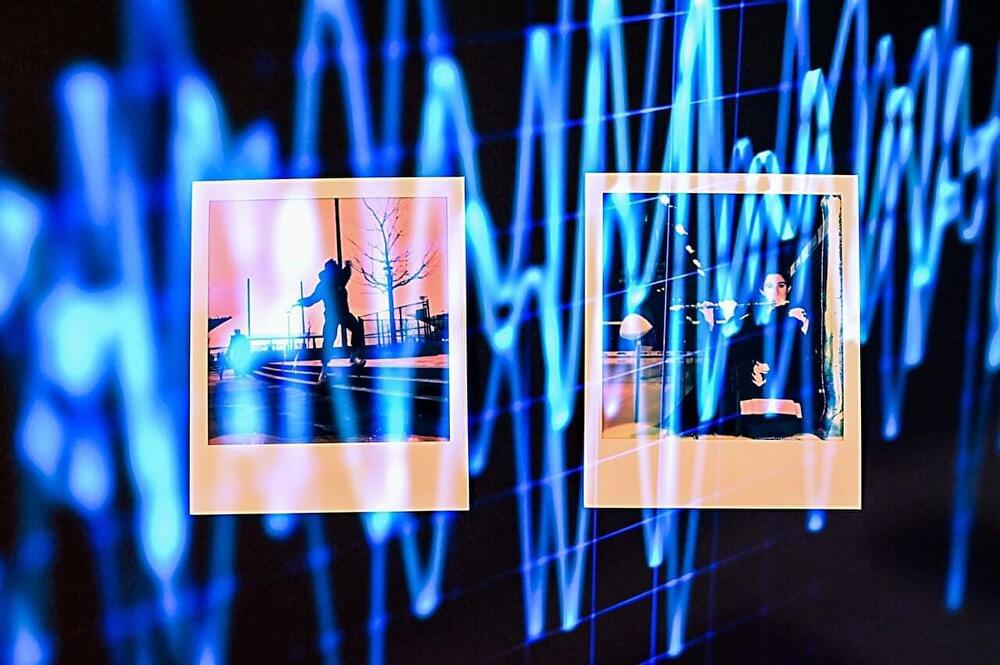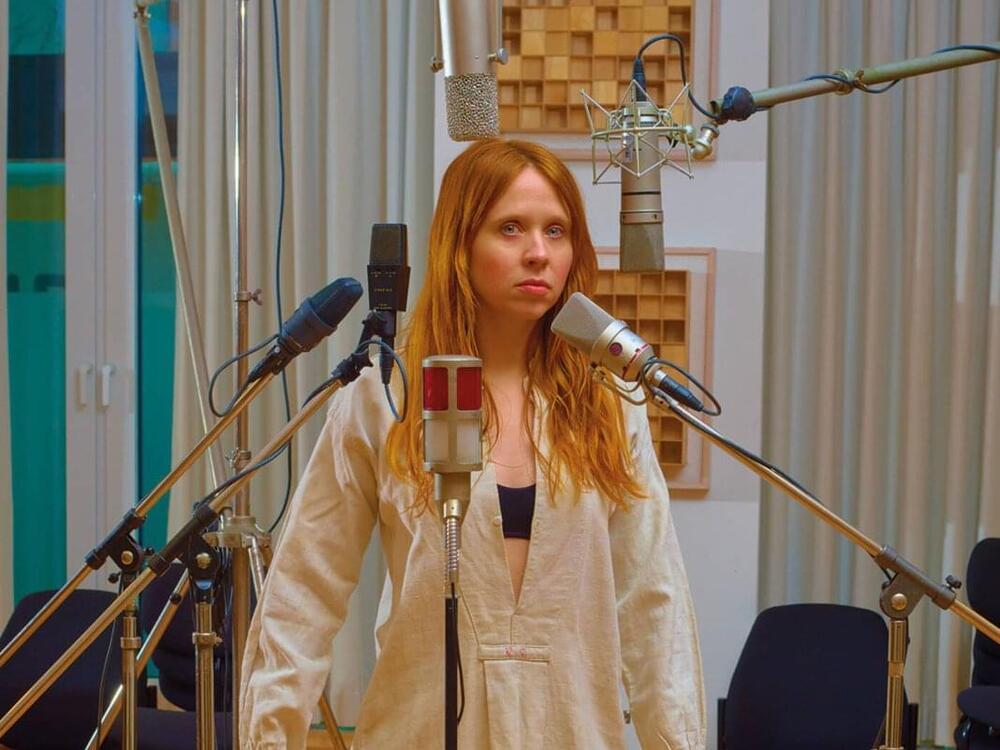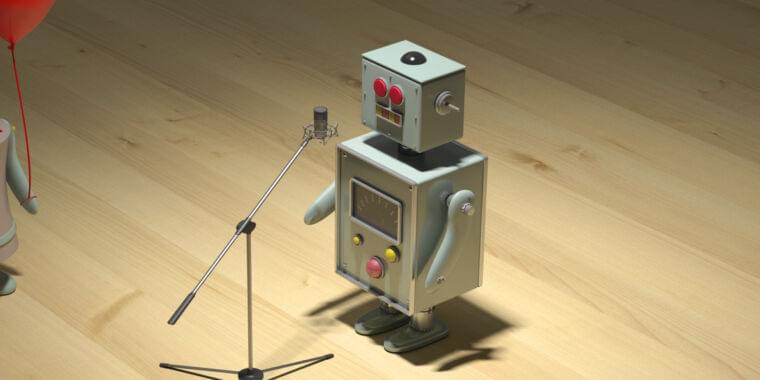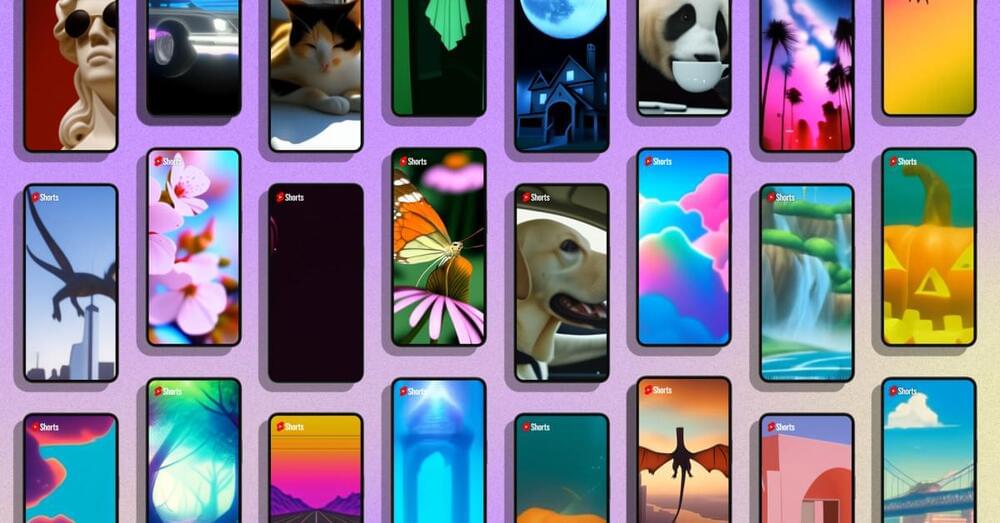With video calls becoming more common in the age of remote and hybrid workplaces, “mute yourself” and “I think you’re muted” have become part of our everyday vocabularies. But it turns out muting yourself might not be as safe as you think.
Kevin Fu, a professor of electrical and computer engineering and computer science at Northeastern University, has figured out a way to get audio from pictures and even muted videos. Using Side Eye, a machine learning assisted tool that Fu and his research team created, Fu can determine the gender of someone speaking in the room where a photo was taken—and even the exact words they spoke.
“Imagine someone is doing a TikTok video and they mute it and dub music,” Fu says. “Have you ever been curious about what they’re really saying? Was it ‘Watermelon watermelon’ or ‘Here’s my password?’ Was somebody speaking behind them? You can actually pick up what is being spoken off camera.”




